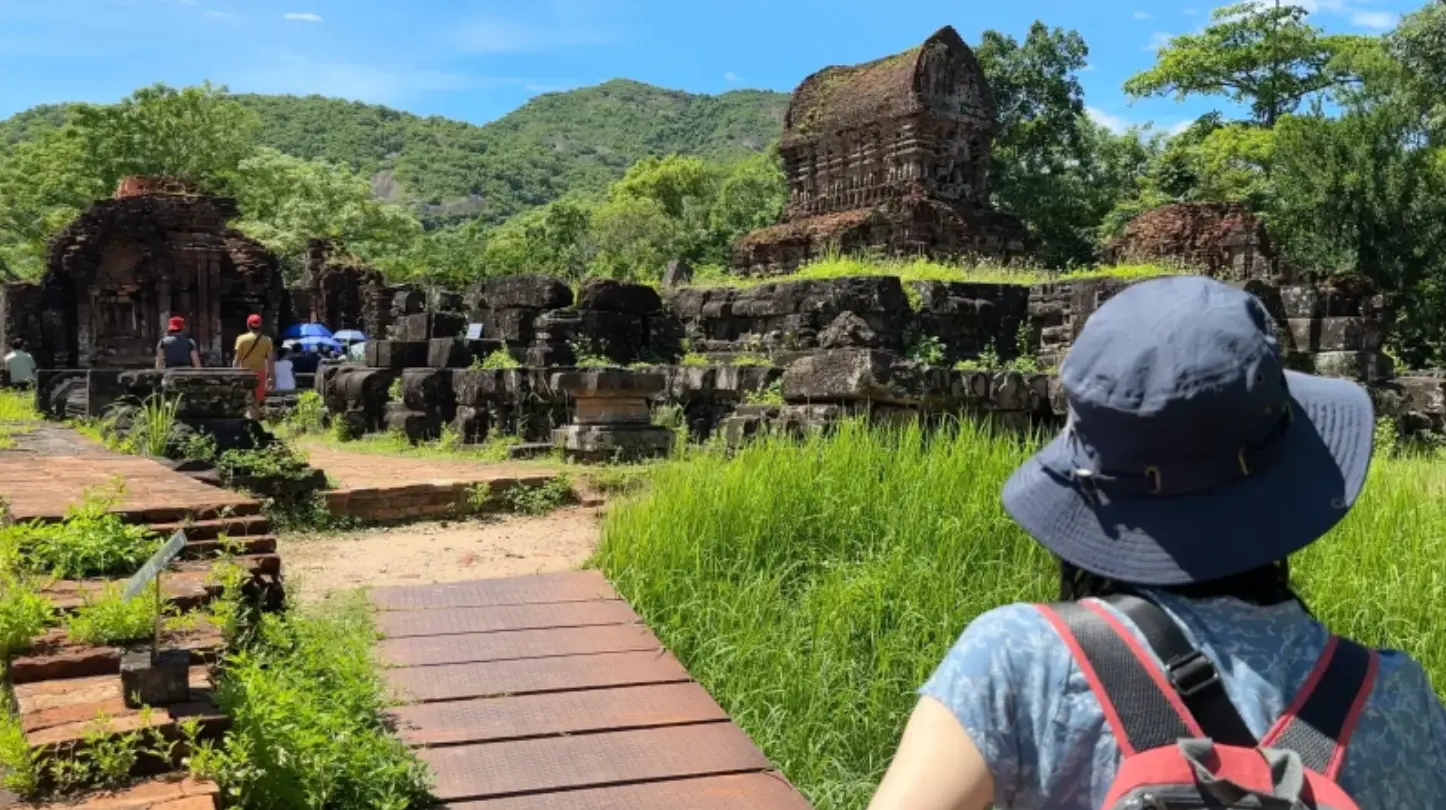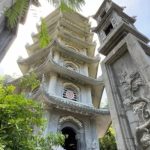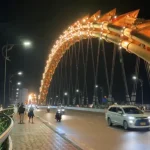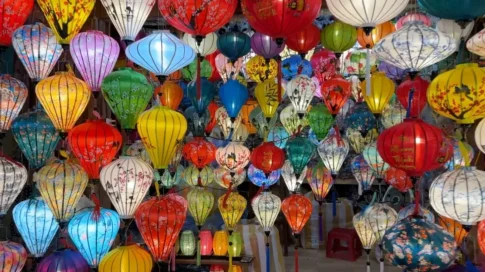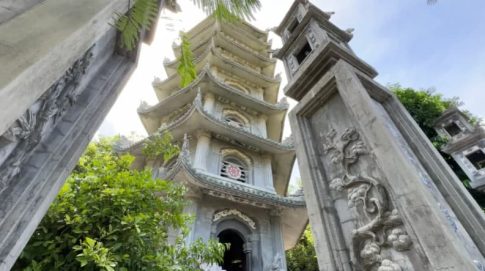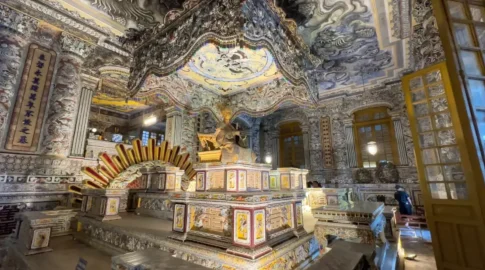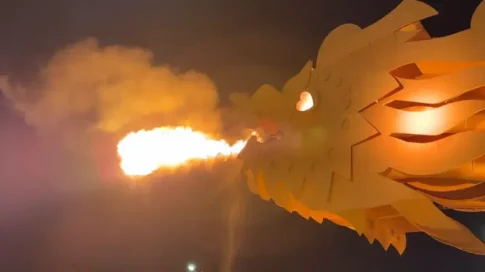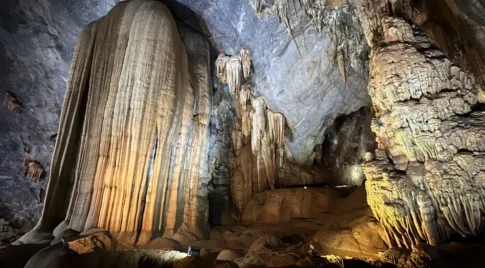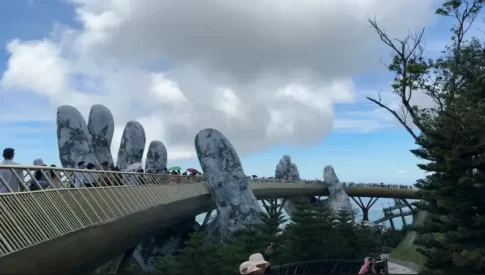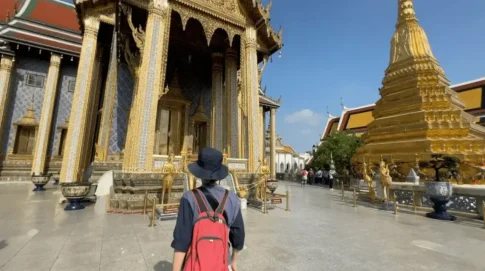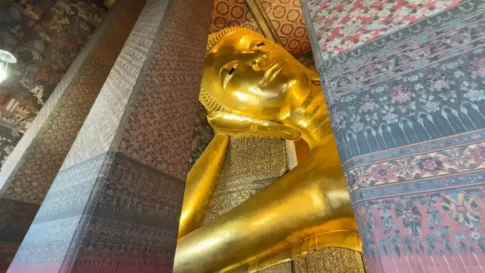- Attractions of My Son Sanctuary
- How to get to My Son Sanctuary
- History of My Son Sanctuary you should know before visiting
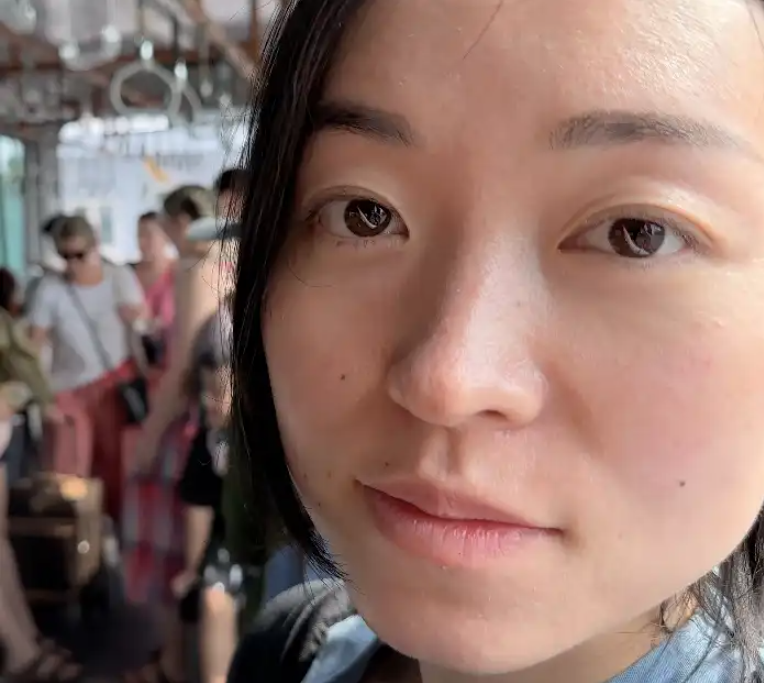
In June 2023, I spent 5 days in and around Da Nang, Vietnam. We had a particularly productive time at the My Son Sanctuary, but there are some things I wish I had known beforehand.
If you are planning to visit Da Nang or My Son Sanctuary, please read to the end.
How to get to My Son Sanctuary
My Son Sanctuary are located approximately 40 km south of Da Nang and 40 km west of Hoi An.
There are no public transportation services such as buses or trains, and visitors can choose between local tours or cabs (Grab).
How to get there from Da Nang by cab (Grab)
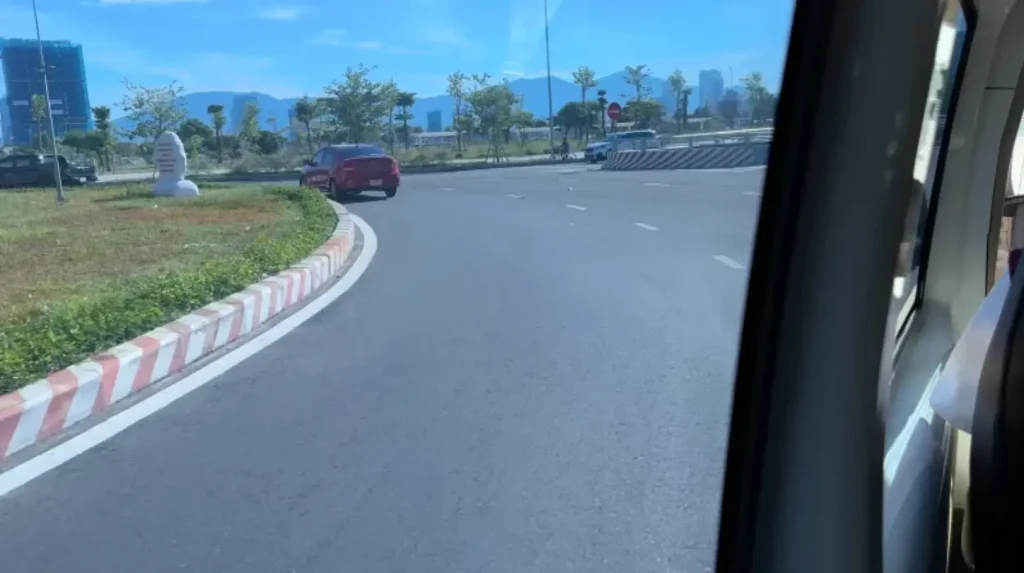
Time: When using Grab, the trip will take approximately 1 to 1.5 hours (depending on traffic conditions and point of departure).
Fare: Depending on the time of day and other factors, the approximate cost is approximately 38.62~45.06 USD one way.
*Time and fare are not much different from Hoi An.
When going by local tour from Da Nang
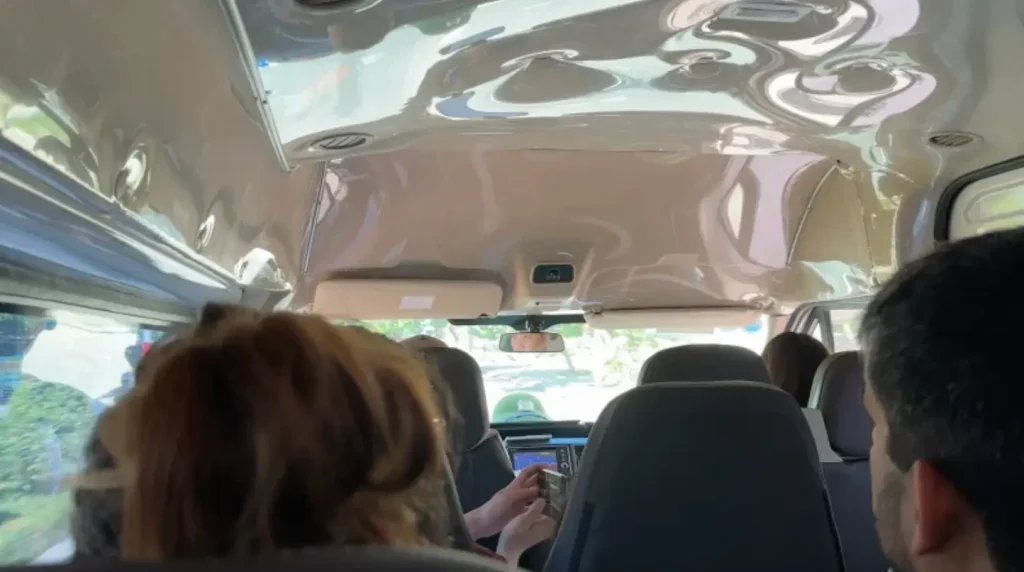
- Time: Tour buses usually leave in the morning and return in the afternoon, depending on departure time. The entire tour, including time spent at the My Son Sanctuary, takes half a day.
- Price: The price of the tour bus depends on the local tour company.
I used KLOOK, an optional tour comparison website, to arrange a local tour bus. The fare was 11.58 USD per person for a round trip from Da Nang to My Son Sanctuary.
Entrance Fee for My Son Sanctuary
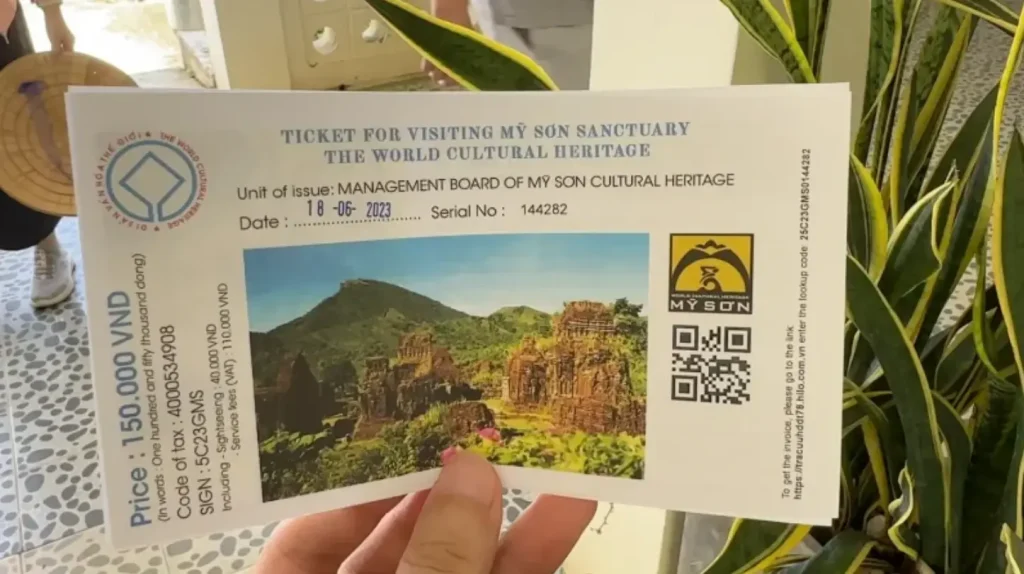
Admission to the My Son Sanctuary was VND150,000 (about 5.79 USD) per person.
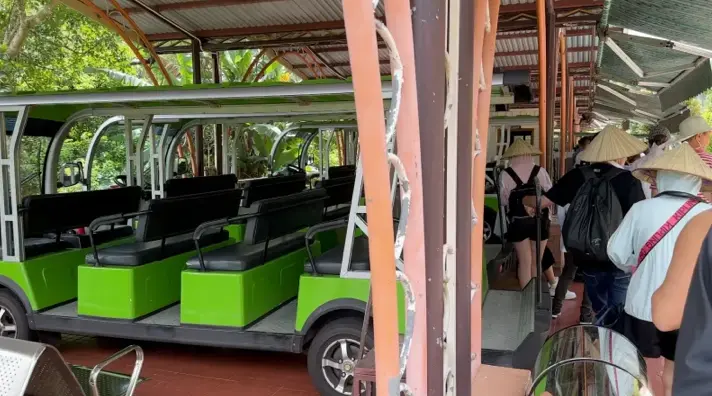
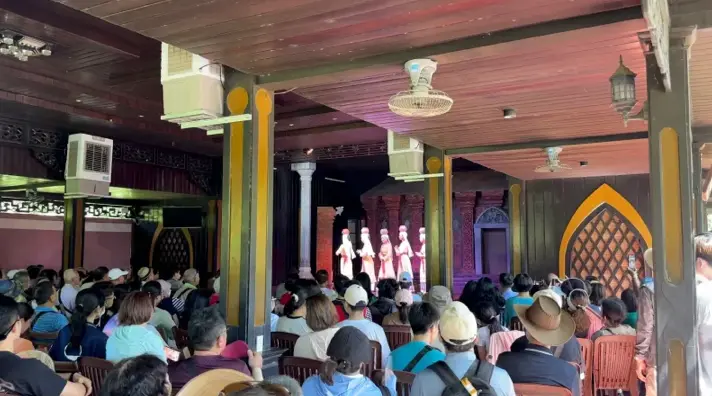
There are cart rides and shows in the facility, but they are included in the admission fee, so there is no need to pay extra.
Why the My Son Sanctuary was registered as a World Heritage Site
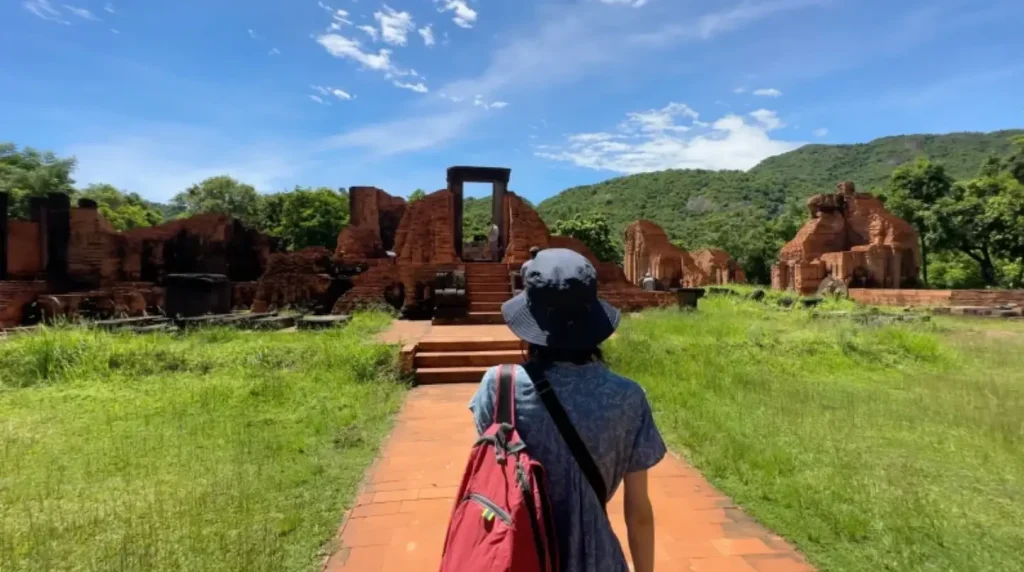
The My Son Sanctuary was inscribed on UNESCO’s World Heritage List for the following reasons.
- Hindu Sacred Site: The My Son Sanctuary was once a sacred Hindu site and an important religious center for a long period of time from the 4th to 14th centuries AD.
- Cultural Value: The site contains many elaborate stone carvings and architectural structures that represent Hindu religious beliefs and artistic craftsmanship.
- Historical Background: The My Son site was part of the Champa Kingdom, and its existence played an important role in the history of Vietnam. The ruins are a symbol of the glory and evolution of the Champa culture.
- Preservation value: The My Son Sanctuary has survived many wars and natural disasters, and many of the buildings have been preserved in relatively good condition.
- Documentation of Cultural Exchange: The site is also important as evidence of cultural exchange as the Hindu faith spread throughout Southeast Asia.

The My Son Sanctuary was inscribed as a World Heritage Site due to its unique history and cultural value. It provides visitors from all over the world with an opportunity to experience history and culture, and is protected as a common heritage of the world.
History of My Son Sanctuary
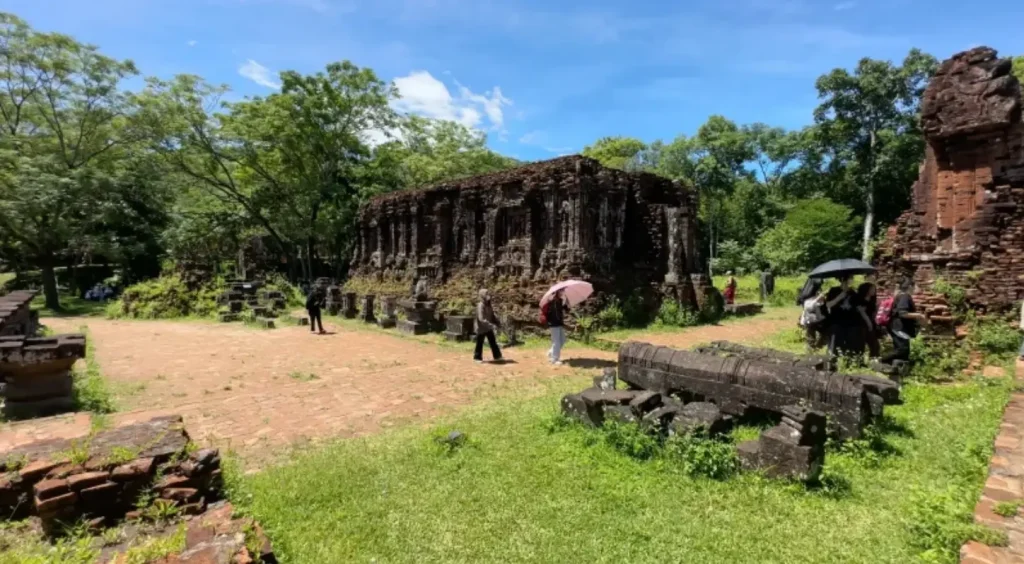
Then let’s look at the history of the My Son Sanctuary. The major events will be briefly described.
- Origin (4th century A.D.): The My Son site was built in the 4th century A.D. as part of the Kingdom of Champa. The first temples and pagodas were built during this period and were used for Hindu religious ceremonies and rituals.
- Prosperity (7th – 14th century): The site prospered from the 7th to the 14th century, when many temples were built. During this period, the kingdom of Champa grew politically and economically, and the Hindu faith took root throughout the region.
- Cultural Interaction (10th – 13th Centuries): From the 10th to 13th centuries, the My Son site became the center of cultural exchange with the surrounding area. The Hindu influence is said to have been further strengthened by the exchanges with India.
- Decline (after 14th century): After the 14th century, the Champa Kingdom gradually declined, and the My Son site was affected by the decline. Many buildings fell into disrepair and the ruins were abandoned.
- Rediscovery (19th century): My Son ruins were rediscovered in Vietnam during the French colonial period in the 19th century, and its existence became widely known.
- Registration as a World Heritage Site (1999): My Son Ruins were registered as a UNESCO World Heritage Site in 1999. As a result, their historical importance and cultural value are now internationally recognized.

Throughout its long history, the My Son Sanctuary has flourished as a Hindu religious center and symbolizes the glory of the Champa culture. Its beautiful architecture and carvings continue to attract many visitors today.
Cautionary points of the My Son Sanctuary
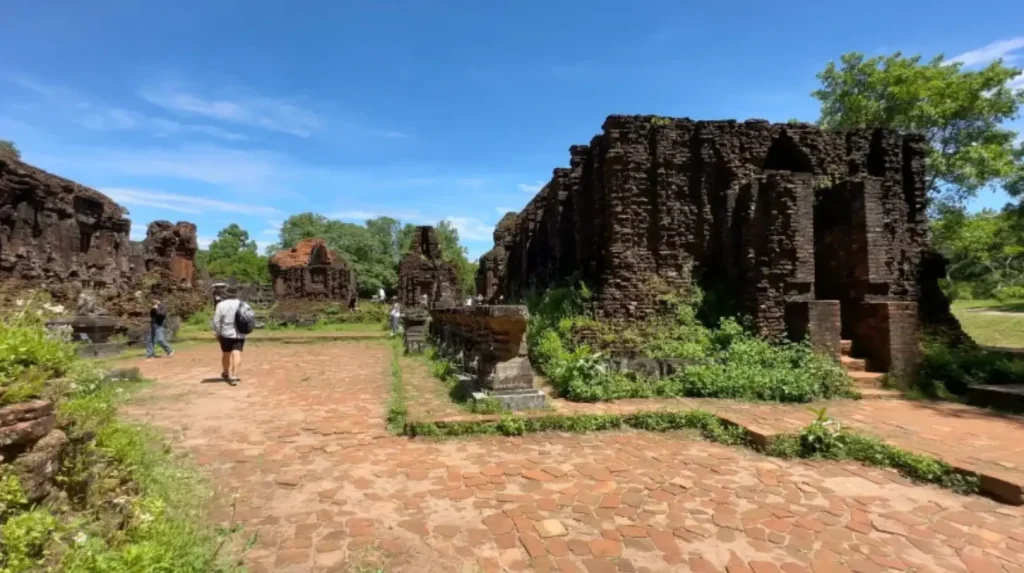
I almost suffered heat stroke while sightseeing, partly because my visit was in the hot sun during the dry season.
The My Son Sanctuary is vast, and there are few places where you can avoid direct sunlight.
Depending on the time of year, you may lose a lot of energy, so it is better to bring more water with you. We also recommend that you bring a hat and sunglasses.
Summary of My Son Sanctuary
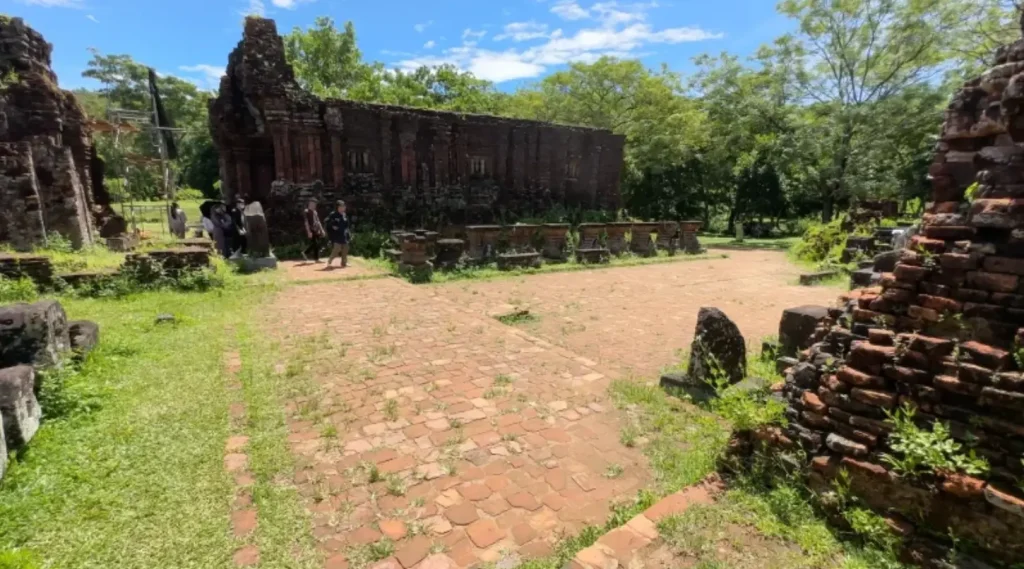
The site is a Hindu site, so it is a group of ruins that you would not normally see. So it was such an extraordinary space that I felt as if I had entered a game world while sightseeing.
This place is quite unique among the sightseeing spots around Da Nang.
It is definitely worth a visit when touring Da Nang and central Vietnam!
▼Related Articles
